Women’s History Month: Fighters for Rights
What does it say about a society when it takes fighting and dying to obtain human rights? This month, we recognize women who fought for equal rights and civil rights---those unsung and left out of most history books---by sharing the highlights of their courageous journeys.
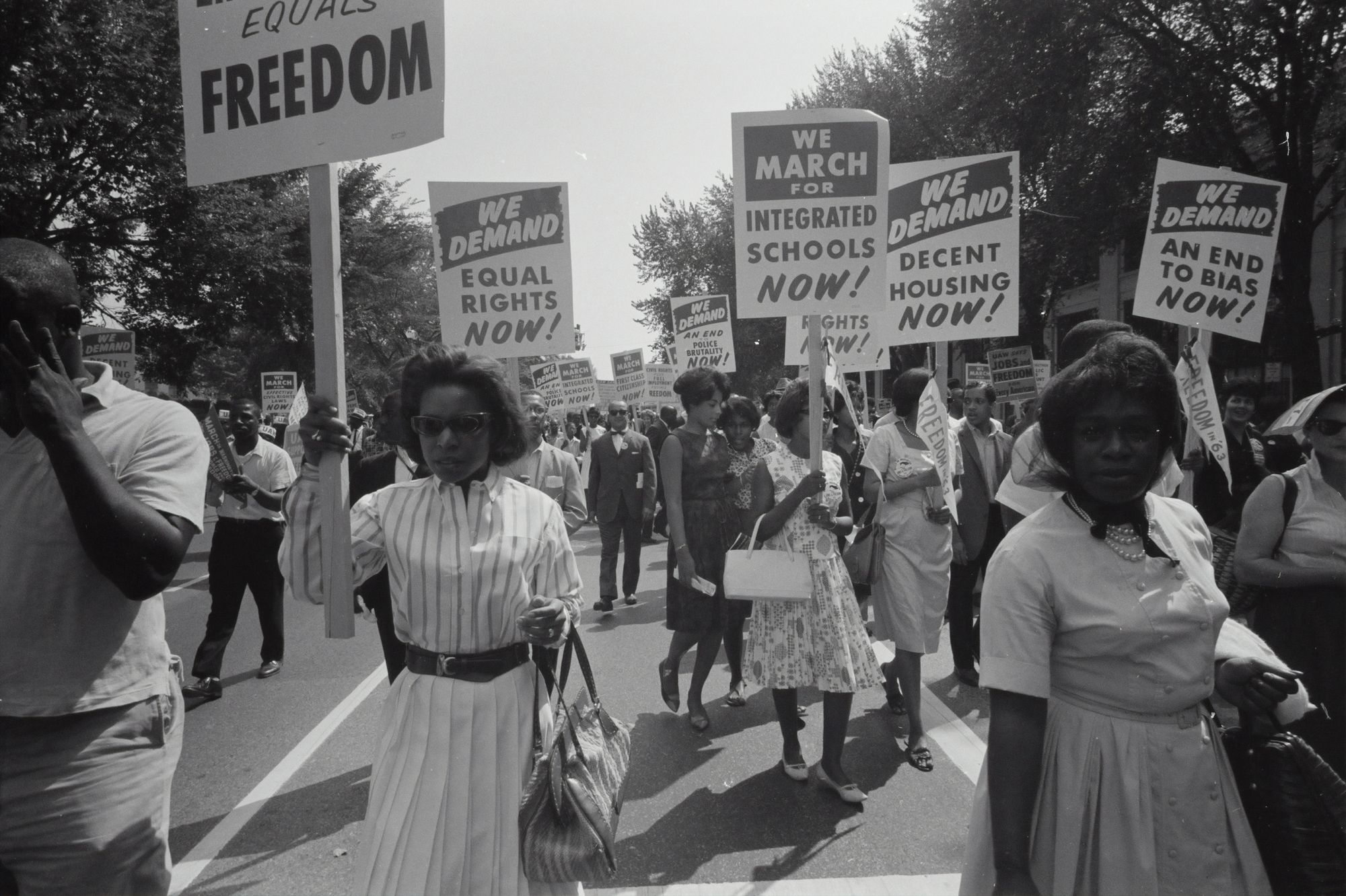
There was a time in the United States, when women were not allowed to vote, could be beaten or imprisoned with only a word from their husbands, were subjected to divorce and custody laws that favored men, and were denied education and entry into certain professions. Sounds like slavery. No wonder the brave women who fought for equal rights, also fought for civil rights.
Elizabeth Cady Stanton created the agenda and set a foundation for woman’s rights that serves as a guide for the movement into the 20th century.
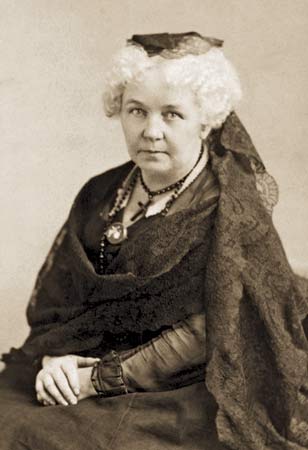
Elizabeth Cady Stanton 1815-1902
In 1840, Stanton went to London for her honeymoon so that she and her husband, an abolitionist, could attend the World Anti-Slavery Convention. She had more formal education than most women of her time and obtained an informal education in the law from her father, an attorney and New York state assemblyman.
At the London convention, Stanton met abolitionist and the like-minded Lucretia Mott. They became close friends and eight years later held the nation’s first Women’s Rights Convention in Seneca Falls, New York. It was there Stanton authored The Declaration of Sentiments to add the words “woman” or “women” to the Declaration of Independence. It was signed by 100 convention attendees, 68 women and 32 men.
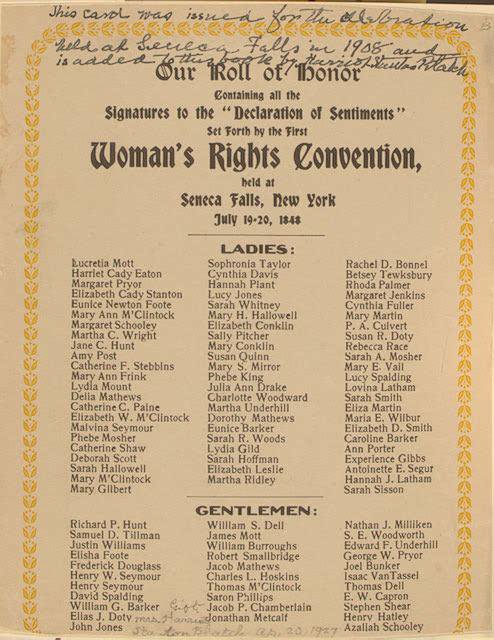
That same year, Stanton circulated petitions throughout New York to urge the state congress to pass the New York Married Women’s Property Act to gain property rights for married women.
While she was committed to women’s rights and to ending slavery in America, the right to vote became her highest priority. She collaborated with suffragette Susan B. Anthony on articles, speeches, and books to further the women’s movement. Stanton and Anthony opposed the 14th and 15th amendments to the US Constitution, because they gave voting rights to black men but not women.
Stanton died in 1902, 18 years before women won the right to vote.
A “colored” woman born in Victoria, Texas left the teaching profession and took up the fight for women’s right to vote.
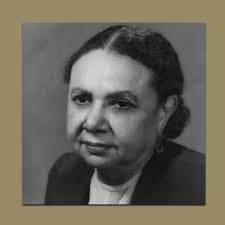
Christia Adair 1893-1989
I had the privilege of interviewing Christia Adair in the early 1980s as a reporter for KHOU TV. Ms. Adair was adamant that I use the term, “colored,” when describing her because that is what she was accustomed to and preferred.
She left teaching and moved to Kingsville, Texas when she married, and that move changed her life. She joined the women’s movement there and worked for the right to vote. But as she put it, after all the hard work for women’s suffrage, she found out she couldn’t vote because she was colored. Adair pivoted to the civil rights movement after she was turned away at the polls.
Years later as executive secretary for the Houston Chapter of the NAACP Adair stood firm in her refusal to give their membership roster to police who claimed they needed it to investigate accusations of fraud. The chapter was a frequent target for bomb threats and members had an understandable distrust of police.
Adair worked to help desegregate the Houston Public Library, airport, hospitals, department store dressing rooms, and public transit facilities. She also assisted in the effort that made Black Americans eligible to serve on juries in Harris County.
A Harris County Park today wears her name, a mural about her life was created by internationally celebrated Houston artist, the late John Biggers. And she is an honoree in the Texas Women’s Hall of Fame.
My interview with Mrs. Adair is a memory I hold. She didn’t suffer fools or mince words. I hope her story is not banned from Texas history schoolbooks.
Also in Texas, as Mexican Americans learned they were excluded from New Deal jobs and the aid to help workers recover from the Great Depression, San Antonio native Emma Tenayuca led protests for their rights.
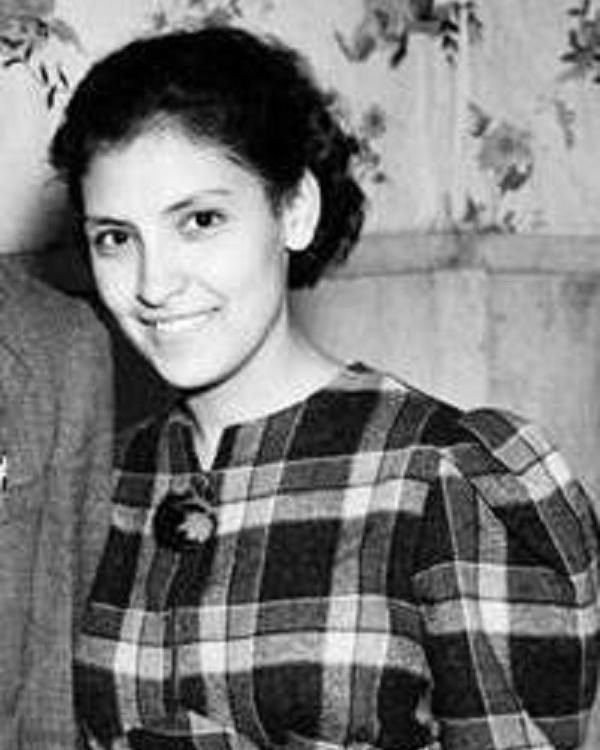
Emma Tenayuca 1916-1999
Emma Tenayuca’s grandfather took her to speeches about labor rights and politics. This built her strong sense of Mexican identity.
Tenayuca was a high achieving student and high school athlete. But it was watching police beat striking workers, and being arrested herself, that cemented her commitment to activism.
In San Antonio, police targeted Mexican Americans for deportation. Tenayuca protested police and took on city government and the deplorable conditions of Mexican neighborhoods burdened by substandard housing and poor sanitation.
Her activism evolved from work with moderate groups like League of United Latin American Citizens, (LULAC) and the International Ladies’ Garment Workers’ Union, (LGWU) to an affiliation with the Communist Party. She believed moderate organizations neglected the most marginalized people.
in 1938, she led the largest strike in San Antonio history. The Pecan Shellers strike brought national attention to the pennies being paid for difficult and dirty work at pecan companies. Hundreds of the mostly women shellers walked off the job as management laid plans to further reduce their pay. Tenayuca was elected leader on behalf of employees who faced tear gas and clubbing by police as they protested. 12,000 remained on strike for three months. Despite Tenayuca’s successful leadership, Union officials feared her association with the Communist Party would turn public opinion against their cause. She was removed as leader but continued on the picket lines.
Tenayuca eventually left the Communist Party and Texas. She taught in San Francisco for many years before returning to Texas where she was inducted into the San Antonio Women’s Hall of Fame in 1991.
In one of the most atrocious violations of civil rights in U.S. history, Yuri Kochivama, her mother, and brother were among the thousands incarcerated by the federal government. They were first sent to a converted horse stable at the Santa Anita Assembly Center for several months and later moved to the War Relocation Authority internment camp at Jerome, Arkansas.
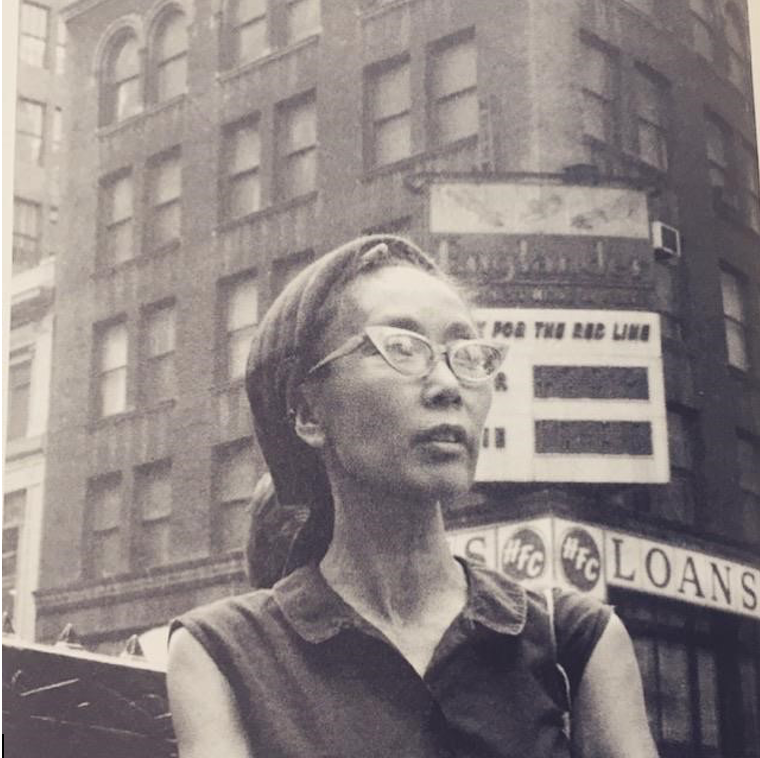
Yuri Kochiyama (1921-2014)
Yuri Kochiyama’s life in San Pedro, California was never the same after her father’s arrest by FBI agents in 1941 for possessing photographs of Japanese naval ships and having friendships with prominent Japanese officials. He died days after his release in 1942. That was the year President Franklin Roosevelt issued an Executive Order forcing 120,000 people of Japanese ancestry into internment camps.
Kochiyama met her future husband in the Arkansas camp. They married, had six children, and lived in public housing for 12 years. The family moved to Harlem where they became involved in the Congress for Racial Equality, (CORE). Their home was a forum for activists. She met Malcolm X at a police protest and joined his pan-Africanist Organization. Kochiyama was there when Malcolm X was assassinated in 1965 and held him in her arms as he lay dying.
As organizers of East Coast Japanese Americans for Redress and Reparations, Yuri and husband Bill advocated for reparations and a government apology for the incarceration of Japanese Americans during World War II. President Ronald Reagan signed the Civil Liberties Act in 1988 which, among other things, awarded $20,000 to each Japanese American internment survivor. Kochiyama used the victory to advocate for reparations for African Americans. She later also opposed profiling of and bigotry against Muslims, Middle Easterners, and South Asians in the United States.
A controversial figure… Kochiyama told an interviewer she considered Osama bin Laden one of the people she admired. She said, “America's greed, aggressiveness, and self-righteous arrogance must be stopped.” Kochiyama also publicly criticized the U.S. response to the 2001 September 11 attacks calling the government the “main enemy of the world’s people.”
Among Kochiyama’s honors, she is one of 1,000 women collectively nominated for the Nobel Peace Prize through the "1,000 Women for the Nobel Peace Prize 2005" project. In 2014, she was honored by the White House for dedicating her life to the pursuit of social justice, not only for the Asian American and Pacific Islander (AAPI) community, but all communities of color.
Brutality and killings at the hands of law enforcement during the events surrounding Selma, Alabama’s Bloody Sunday inspired a White woman from Detroit to join the fight for civil rights there. It was where her life ended.
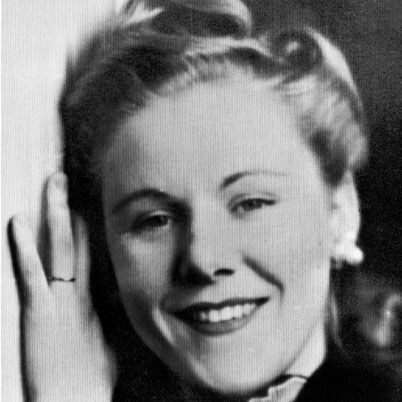
Viola Fauver Liuzzo 1925-1965
Liuzzo was born in California, Pennsylvania. After an accident rendered her father disabled, the family had to rely on the earnings of her mother and lived in poverty in a one-room shack without running water. Her mother accepted a teaching position and they moved to Tennessee. The family moved frequently, and Liuzzo witnessed both the segregated south and the racial tensions, violence, and riots in Detroit.
In 1964, she joined the National Association for the Advancement of Colored People (NAACP) and found a close friendship in Sarah Evans, an African-American woman. (After Liuzzo's death, Evans became the permanent caretaker of her five young children).
Liuzzo was horrified by images from Alabama as non-violent protestors were attacked in their attempts to walk from Selma to Montgomery for the right to vote. In the first march, state troopers attacked and caused the death of Jimmie Lee Jackson, a young Black man. Second and third marches were led by Dr. Martin Luther King, Jr. and had gained participation by celebrities, religious leaders of all faiths, students, farmers, thousands of sympathizers.
Liuzzo traveled to Selma to help the effort. She accepted the task of delivering aid to various locations, welcoming and recruiting volunteers, and transporting volunteers and marchers to and from airports, bus terminals, and train stations. She also participated in one of the marches.
While shuttling marchers, Liuzzo and 19-year-old Leroy Moton stopped at a red light where four members of the local Ku Klux Klan, with an FBI infiltrator, pulled up alongside her and shot them. The bullets missed Moton but killed Liuzzo instantly.
Her funeral was attended by prominent members of the civil rights movement and government, including Dr. King.
A park in Detroit is named in Liuzzo’s honor, she has been remembered in several documentaries, an ethics scholarship was established in her name by her grandson, and a statue of Liuzzo was unveiled in Detroit in 2019.
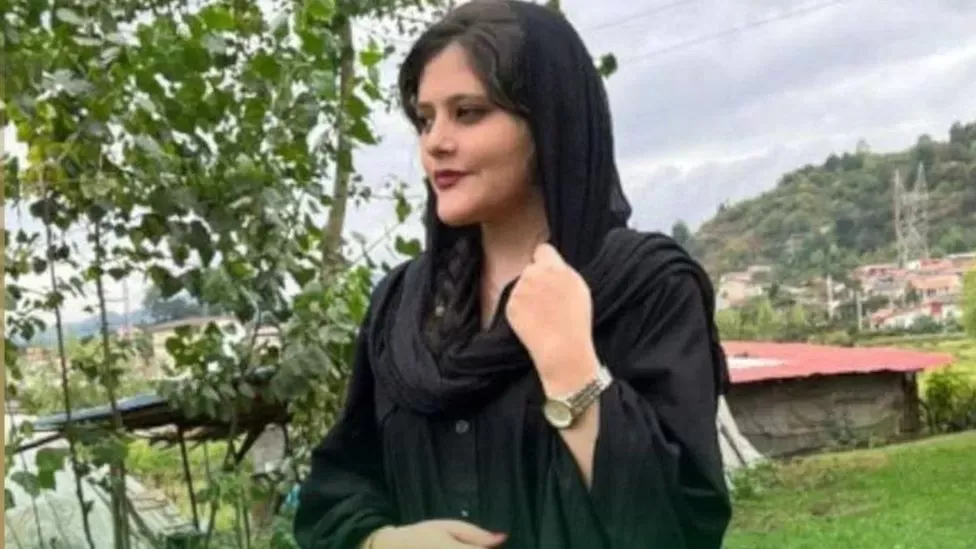
Sadly, the fight for equal rights is as deadly and vicious today as it was decades ago. One of the most powerful women impacting the movement today is 22-year-old Jina “Mahsa” Amini who was arrested by Iran’s morality police for improperly wearing her hijab. She died after three days in their custody. Her family said she had been severely beaten.
During the civil rights movement I was told that change happens when pressure is applied from within and without. Change agents must exist inside of organizations, and externally to pressure decision makers to do the right thing.
The next story will honor those women of both inside and outside of the established systems in our government, corporations, and organizations.
